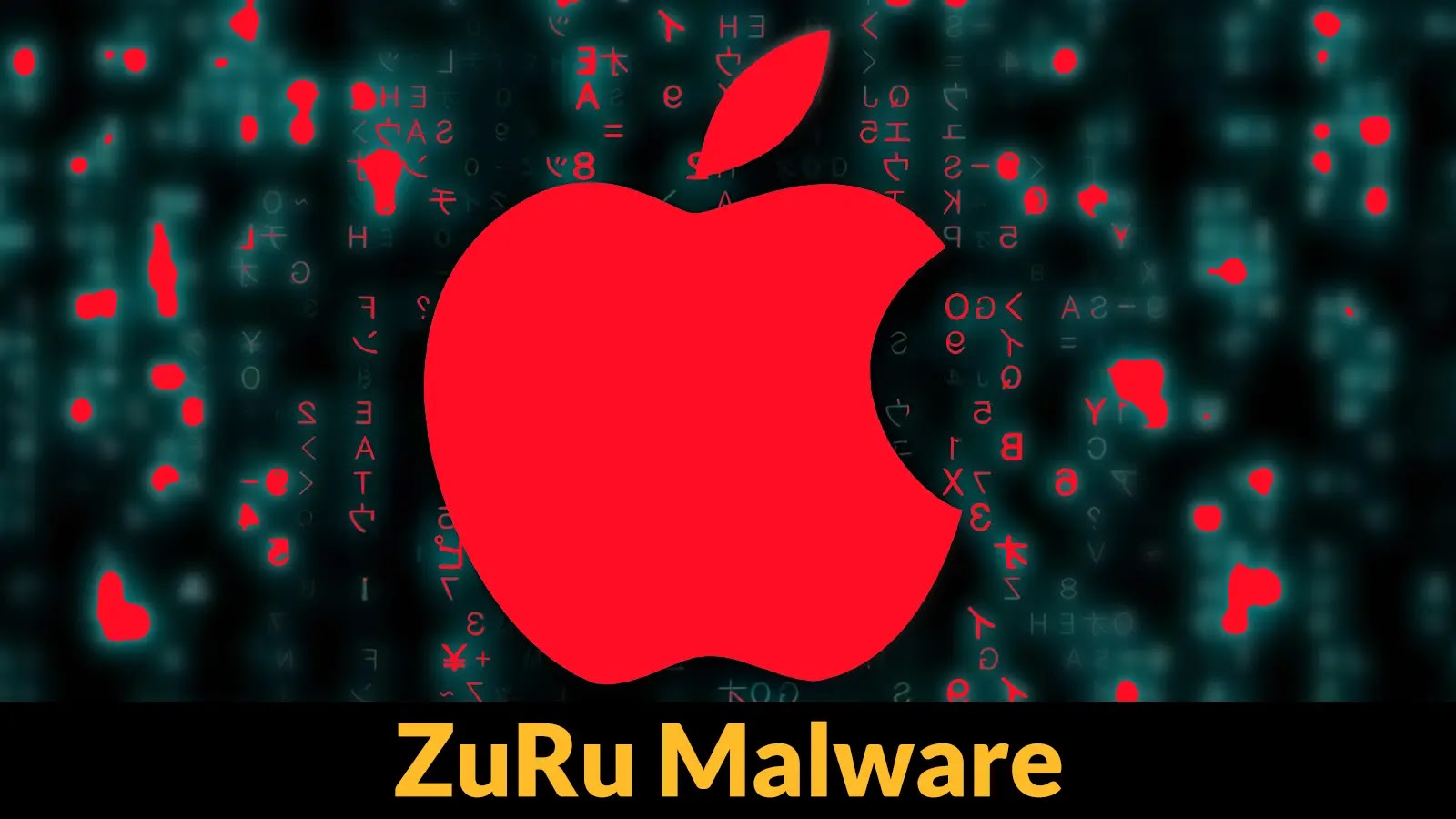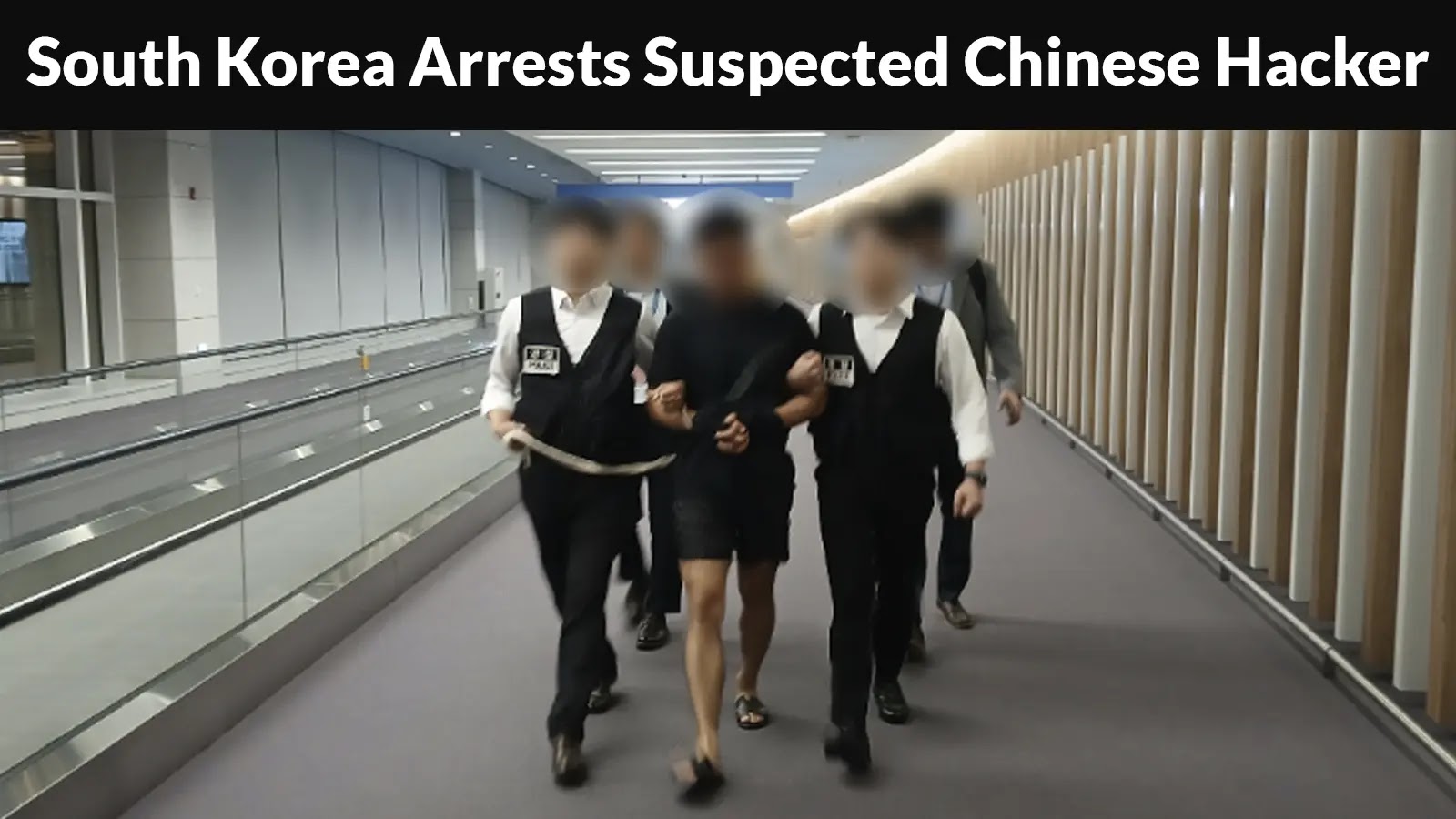In the current digital era, organizations are increasingly targeted by sophisticated cyber threats, ranging from opportunistic hackers to state-sponsored actors. To effectively counter these risks, security leaders must adopt proactive strategies that not only identify vulnerabilities but also detect and neutralize hidden threats. Two pivotal practices in this endeavor are penetration testing and threat hunting. When implemented cohesively, these strategies significantly bolster an organization’s security posture.
Understanding Penetration Testing
Penetration testing, commonly known as pentesting, involves simulating cyberattacks on an organization’s IT infrastructure to uncover and address vulnerabilities before malicious entities can exploit them. Unlike standard vulnerability scans, pentesting actively attempts to exploit identified weaknesses, providing a realistic assessment of potential security breaches.
The benefits of penetration testing extend beyond mere vulnerability identification. A comprehensive pentest offers insights into an organization’s security framework, evaluates the effectiveness of existing controls, and aids in prioritizing remediation efforts based on actual risk exposure. Given the escalating costs associated with security breaches, proactive vulnerability identification through pentesting is a prudent investment.
Best Practices for Effective Penetration Testing
To maximize the efficacy of penetration testing, organizations should adhere to the following best practices:
1. Define Clear Objectives and Scope: Clearly outline the goals and boundaries of the pentest. This includes specifying which systems are in scope and delineating permitted testing techniques. Establishing rules of engagement ensures that tests are conducted ethically and legally.
2. Follow a Structured Methodology: Implement a phased approach encompassing planning, discovery, attack, verification, and reporting. The discovery phase involves both passive reconnaissance (gathering publicly available information) and active reconnaissance (direct interaction with target systems). During the attack phase, testers exploit identified vulnerabilities to assess potential impacts, followed by verification to confirm findings and eliminate false positives.
3. Deliver Comprehensive Reporting: The final deliverable should be a detailed report that includes findings, exploitation paths, business impact assessments, and specific remediation recommendations prioritized by risk. This documentation enables security teams to systematically address vulnerabilities and demonstrate security improvements to stakeholders.
The Power of Proactive Threat Hunting
While penetration testing focuses on identifying vulnerabilities before exploitation, threat hunting operates on the premise that adversaries may have already infiltrated the network. It involves proactively searching for evidence of compromise by analyzing networks, systems, devices, and endpoints to detect anomalous or suspicious activities.
Threat hunting has gained significant traction, with many organizations recognizing its value in identifying and mitigating threats that evade traditional security measures. By actively seeking out hidden threats, organizations can reduce dwell time—the period between an adversary’s intrusion and detection—thereby minimizing potential damage.
Key Principles for Effective Threat Hunting
To establish a robust threat hunting program, organizations should consider the following principles:
1. Human-Inspired Approach: Leverage human intuition and creativity to propose hypotheses and develop new techniques for data analysis. Threat hunters blend artistic insight with scientific methodology to uncover hidden threats.
2. Measurable Outcomes: Define clear metrics to evaluate the effectiveness of threat hunting activities. Metrics may include the number of threats detected, incident response times, and the creation of new detection rules. Regularly reviewing these metrics helps identify weaknesses and improve cyber resilience.
3. Non-Transactional Relationships: Foster ongoing collaboration between threat hunters and other security teams. This continuous exchange of information enhances understanding of the organization’s environment and improves the detection and prioritization of threats.
4. Methodical Process: Follow a standardized approach to threat hunting, such as defining hypotheses, identifying data sources, analyzing results, and creating detections. Documenting this process in playbooks ensures consistency and effectiveness.
5. Risk-Driven Focus: Tailor threat hunting efforts based on the organization’s unique risk profile. Understanding specific threats and vulnerabilities allows for targeted hunting activities that address the most pressing concerns.
6. Data-Oriented Strategy: Utilize a centralized platform to aggregate data from multiple sources, including email, endpoints, network, and cloud services. Comprehensive data collection enables thorough analysis and enhances the ability to detect emerging threats.
Integrating Penetration Testing and Threat Hunting
While penetration testing and threat hunting serve distinct purposes, integrating these practices can provide a more comprehensive security strategy. Penetration testing identifies and addresses vulnerabilities, reducing the attack surface, while threat hunting proactively detects and mitigates active threats within the environment.
By combining these approaches, organizations can achieve a proactive and dynamic defense posture. Regular penetration tests inform threat hunting activities by highlighting areas of concern, and insights gained from threat hunting can refine penetration testing methodologies. This synergy ensures that security measures are both preventive and responsive, adapting to the evolving threat landscape.
Conclusion
In an era where cyber threats are increasingly sophisticated and pervasive, security leaders must adopt proactive and integrated strategies to protect their organizations. Penetration testing and threat hunting are essential components of a robust cybersecurity framework. By implementing best practices for both and fostering collaboration between these functions, organizations can enhance their ability to identify, mitigate, and prevent cyber threats, thereby safeguarding their assets and maintaining stakeholder trust.



